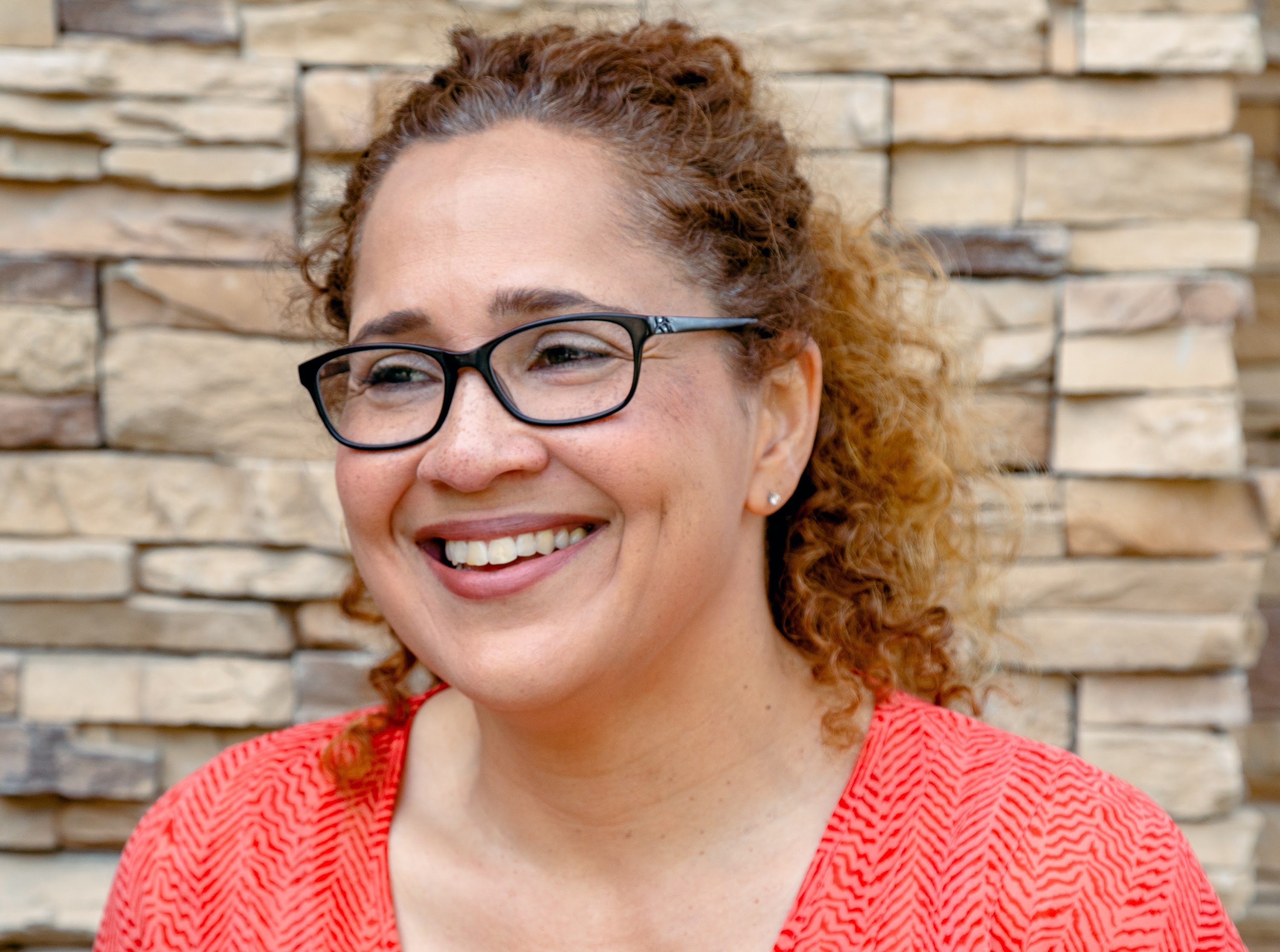 Follow us on Instagram @heinemannpub to stay up to date on the latest books, your favorite authors, and upcoming events!
Follow us on Instagram @heinemannpub to stay up to date on the latest books, your favorite authors, and upcoming events!
 Jessica Martin (@growingjessica, @groweducators) is a former classroom teacher, a former resident advisor at UCLA’s Teacher Education Program Center X, and a former staff developer at Teachers College Reading and Writing Project, Columbia University. Jessica now leads a small consulting team that partners with K-12 schools in English Language Arts (ELA), Cognitively Guided Instruction (CGI) math, and inquiry-based content-area instruction. She is grateful for the opportunity to collaborate with educators and learning communities committed to co-creating incredible spaces, amplifying student voices, and implementing equitable learning opportunities for all learners. When she is not in schools, you can usually find her with her family on a basketball court shooting hoops.
Jessica Martin (@growingjessica, @groweducators) is a former classroom teacher, a former resident advisor at UCLA’s Teacher Education Program Center X, and a former staff developer at Teachers College Reading and Writing Project, Columbia University. Jessica now leads a small consulting team that partners with K-12 schools in English Language Arts (ELA), Cognitively Guided Instruction (CGI) math, and inquiry-based content-area instruction. She is grateful for the opportunity to collaborate with educators and learning communities committed to co-creating incredible spaces, amplifying student voices, and implementing equitable learning opportunities for all learners. When she is not in schools, you can usually find her with her family on a basketball court shooting hoops.



